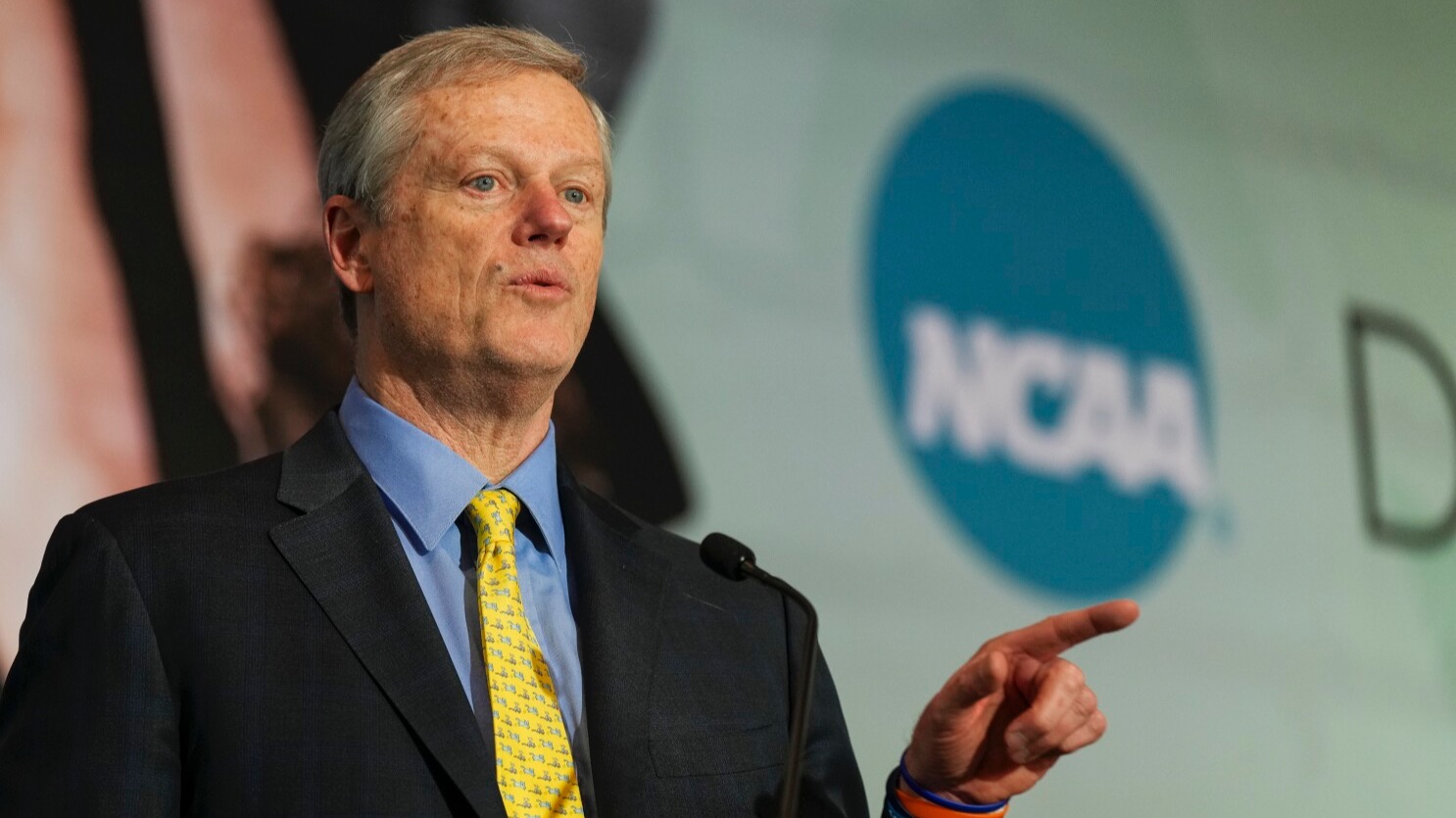A Year of NIL in Review
May 06, 2023
On July 1, 2021, the NCAA officially permitted athletes to benefit from their names, images and likenesses. Coming up on a year later, the NIL world has been full of many twists and turns, as many institutions are trying to offer student-athletes the best possible opportunities for building their brand.
What has made this year so hectic in the collegiate and high school athletics world? Below are five things that have made the first year of NIL one to remember.
The creation of collectives: Collectives, which are independent of a university, are groups that most often pool funds from boosters and businesses to help facilitate NIL deals for athletes and also create their own ways for athletes to monetize their brands. Since July 2021, many institutions have announced collectives that have contributed greatly to the opportunities for their student-athletes. According to On3 NIL, one of the most notable collectives is University of Tennessee-Knoxville’s Spyre Sports collective, which aims to generate at least $25 million annually to put into student-athletes’ and recruits’ pockets. Overall, alumni tend to recognize the importance of recruiting, and use their personal wealth as leverage to not only attract but also maintain a roster. Because of this, collectives have illustrated the lengths that alumni and schools are willing to go in order to build a skilled team.
The insanely high NIL deals: It is no secret that college football recruits are signing as high as 7-figure NIL deals. While extremely high deals are not indicative of 99% of opportunities for student-athletes, the expensive deals that certain recruits are being offered is something that has been extremely noteworthy this year. Just this week, it was announced that University of Miami commit and four-star quarterback Jaden Rashada is poised to earn $9.5 million for his name, image, and likeness. Even further, this was not Rashada’s highest NIL deal offering, as University of Florida offered $11 million. While this is the highest known deal to date, there have been a plethora of other deals that have made headlines for being extremely high – and they will only get higher without regulation.
The lack of support for international student-athletes: More than 12% of college athletes in the U.S. are from a foreign country, and 3,000 of which are Division 1 athletes on an F-1 student visa. Due to student-visa regulations, an international student-athlete who takes part in NIL deals can face disciplinary action and potentially have their visa cancelled. Notably, UConn Women’s Basketball forward, Dorka Juhasz of Hungary, is one of the many student-athletes who has been advised to not accept any NIL deals because of the possibility of having her visa terminated, despite her teammate Paige Bueckers having an abundance of deals. The lack of freedom for international athletes is something that will hopefully change in the coming months of NIL, and is most definitely a notable disadvantage that characterizes this past year.
The rise of group licensing: Group licensing deals create opportunities for student-athletes to profit off their name, image, and likeness through the usage of their respective school’s official trademarks and logos and including the retail and merchandise provider, who will be an anchor through custom apparel and products. Currently, third-party organizations Brandr and Learfield are leading the way in group licensing. In addition, the Brandr Group has partnered with schools such as Alabama, Michigan, Boston College, Indiana, Georgia, Florida, Marquette, LSU, Miami, and more. A group licensing deal allows for revenue to be shared among all athletes in the group, and allows for the usage of trademarks which is not commonly allowed. Being able to work with entire teams is super impactful and will likely become more prevalent as time goes on.
How NIL has impacted athletics at the high school level: When people think about NIL, they likely immediately think about college sports. However, NIL has also impacted high school athletes immensely. Although NIL regulations vary greatly among the states, the ability for a high school athlete to profit off their NIL is something that is changing the course of high school athletics. Before committing to Texas, Quinn Ewers of Carroll Senior High School in Southlake, Texas skipped his senior season and was an early enroll at Ohio State which allowed him to sign a reported $1.4 million in NIL without penalty. In May, Nike made headlines for signing the company’s first high school NIL deal with California soccer players and Stanford commits, Alyssa and Giselle Thompson. Unlike before, these young athletes are facing the world of NIL and it is going to continue to become an important factor in their high school path.
In twelve short months, the impact of July 1, 2021 on the collegiate and high school athletics world has been felt by many. While there may be what feels like a million additional noteworthy headlines that come to mind when you look back on this year, the list above goes to show just a handful of the NIL-related news that has been extremely impactful. Time will only tell how NIL will change and adapt to the external regulations – or the lack thereof – from this point forward.
To learn more about NIL one year later, check out the CleanKonnect NIL Certification Course.
Stay in the loop with key NIL Happenings!
Join our mailing list to receive weekly NIL newsletters on key developments in the NIL landscape.
We love NIL, but hate SPAM. We will never sell your information, for any reason.





